Alocasia "Silver Dragon"
Alocasia "Silver Dragon"
Low stock: 2 left
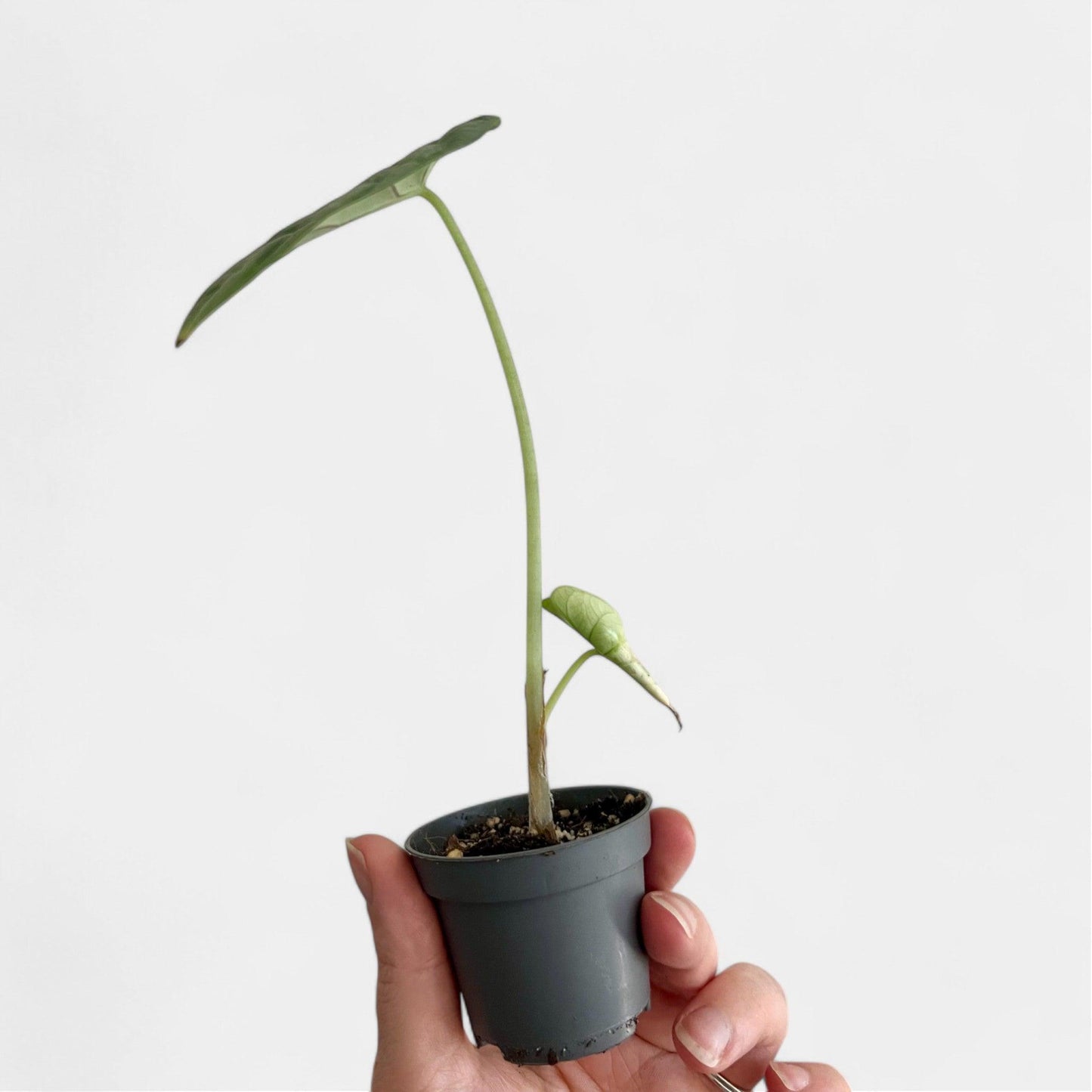
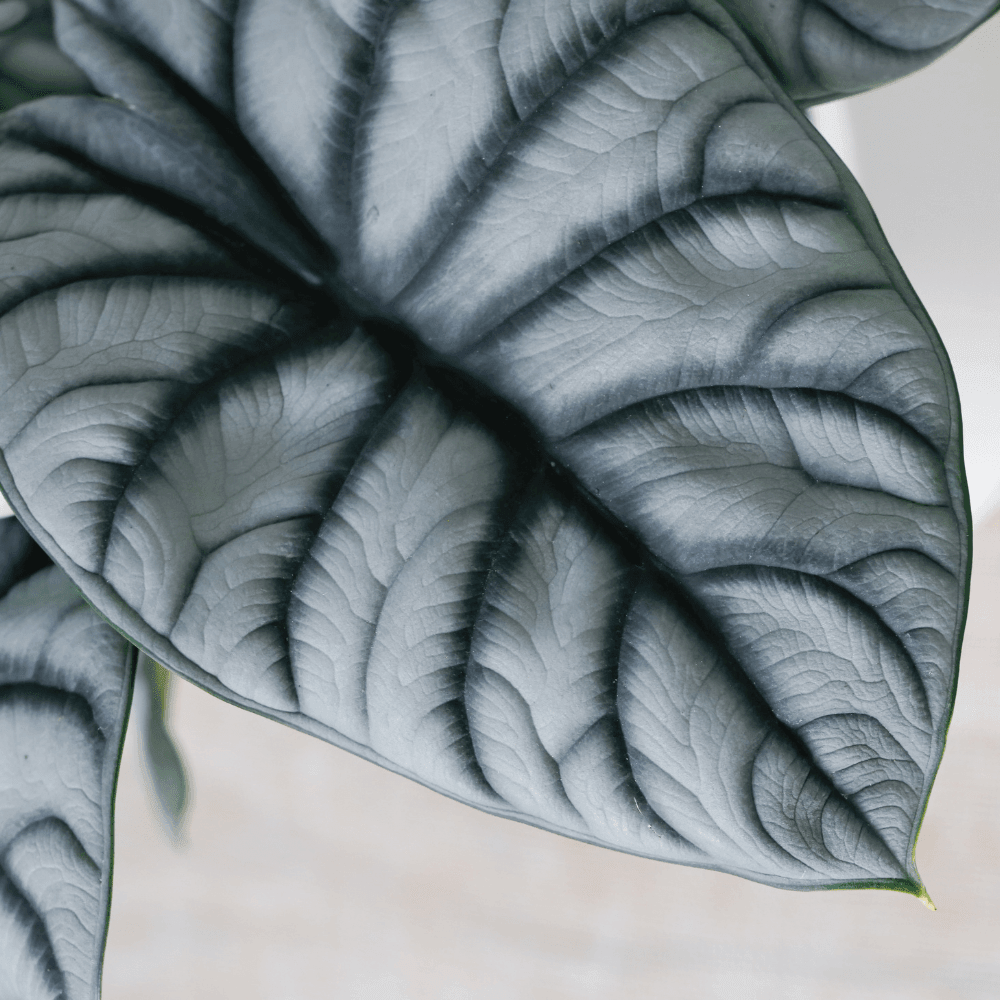
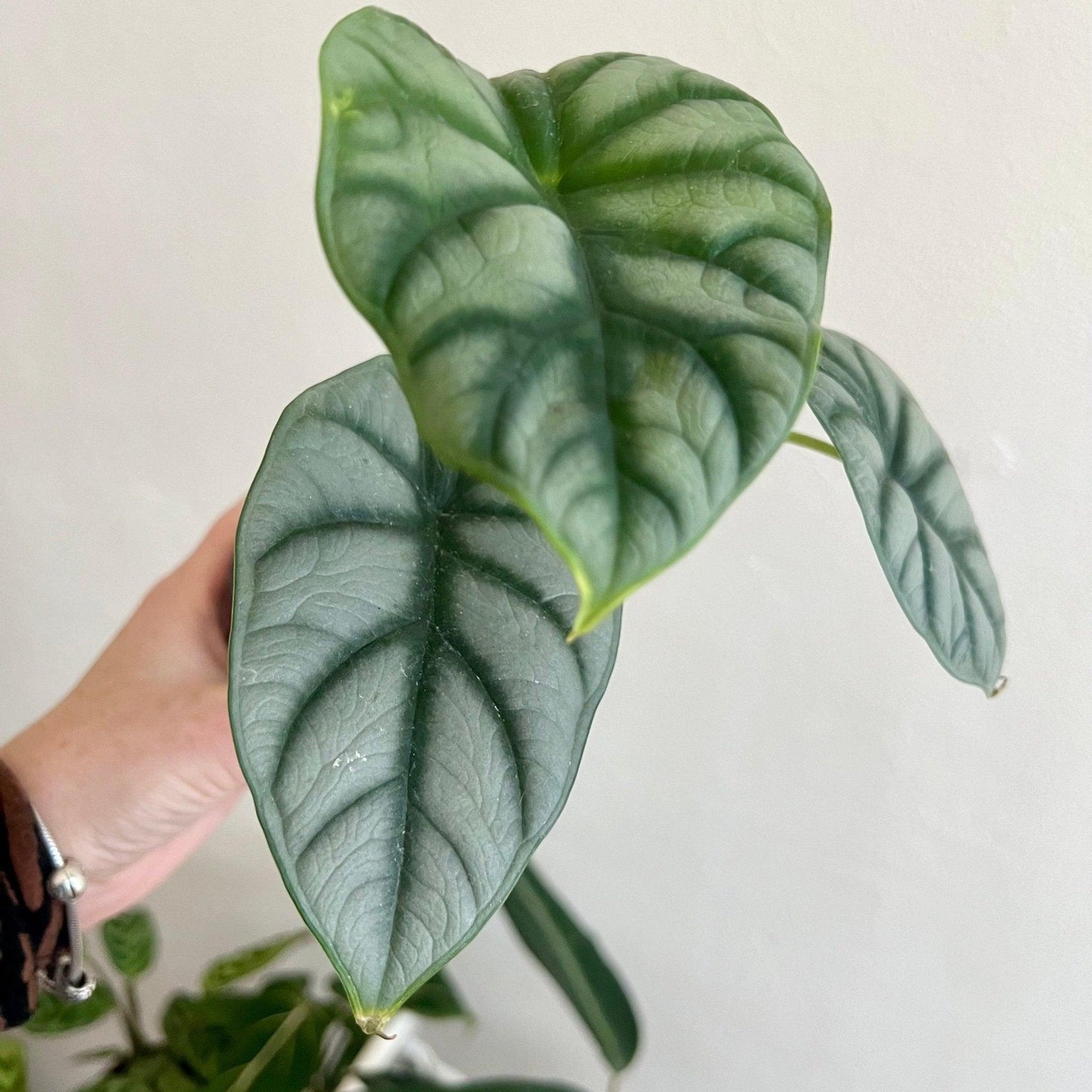
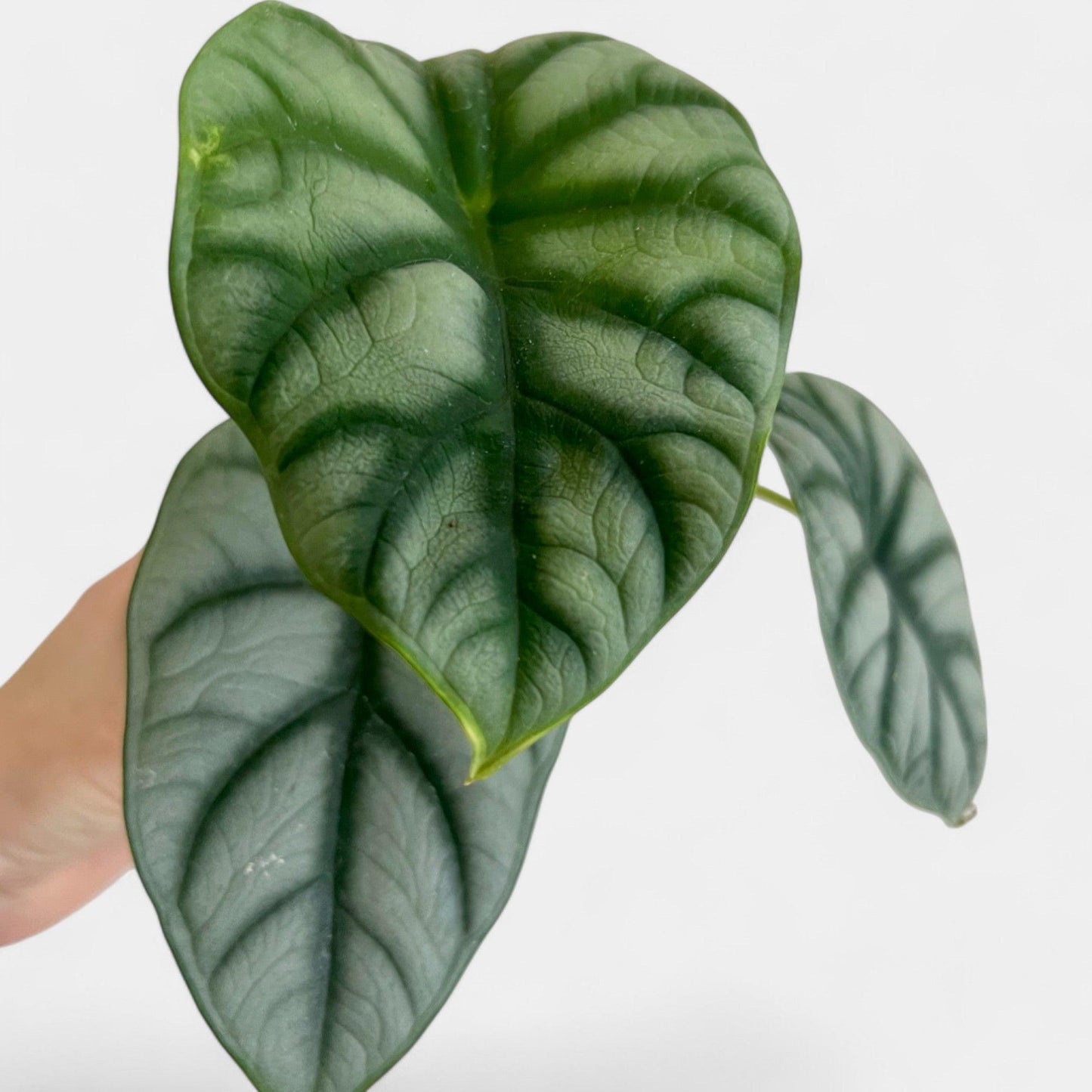
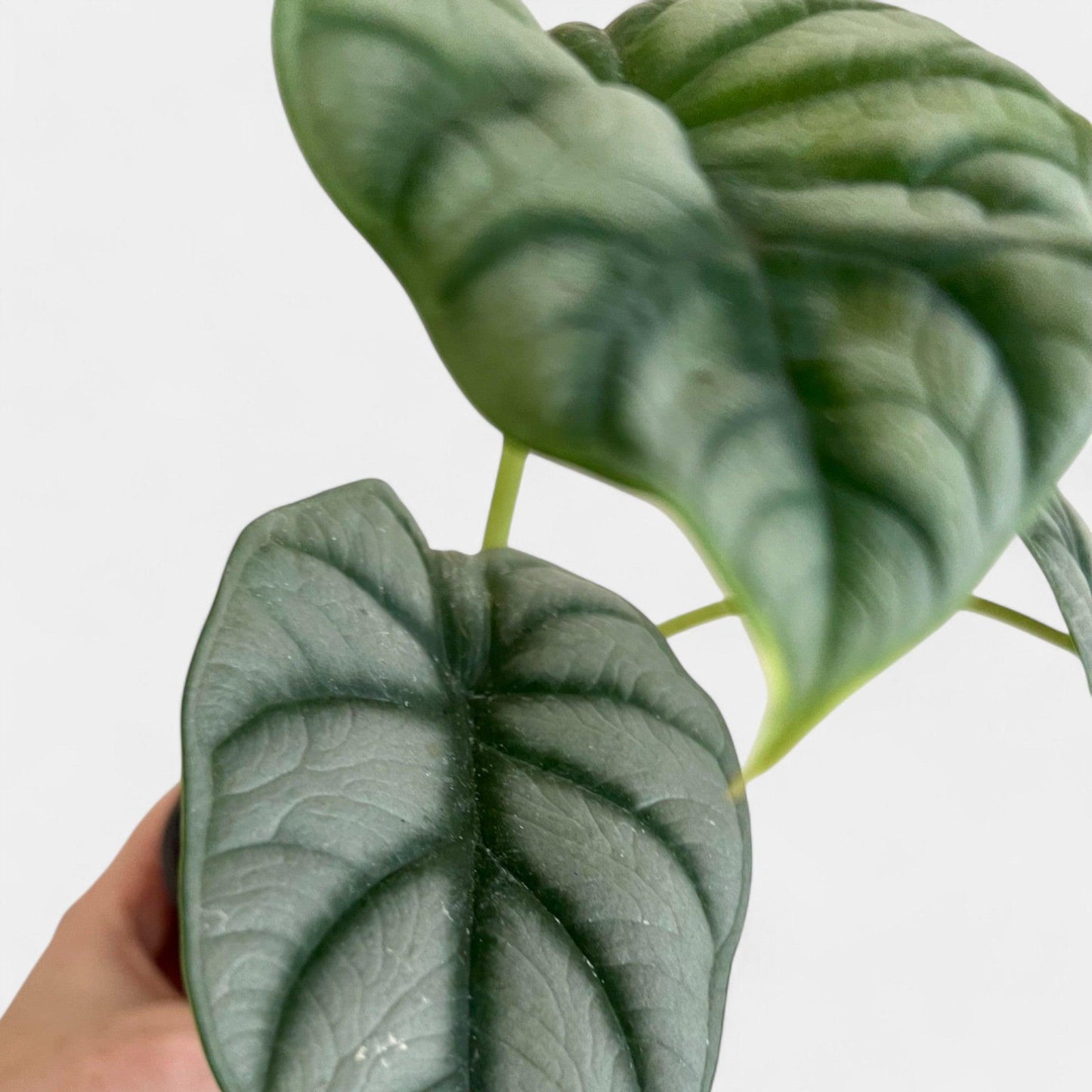
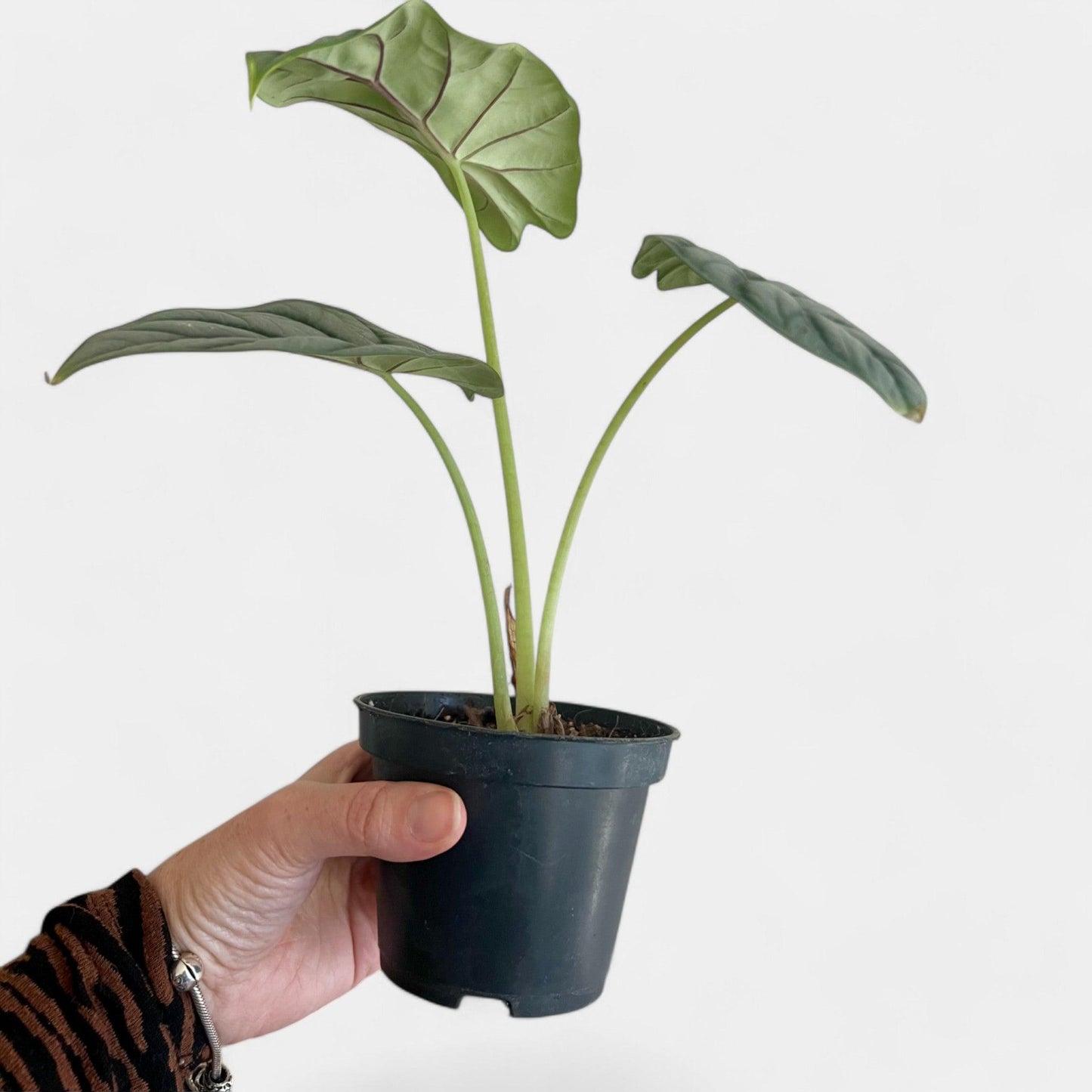

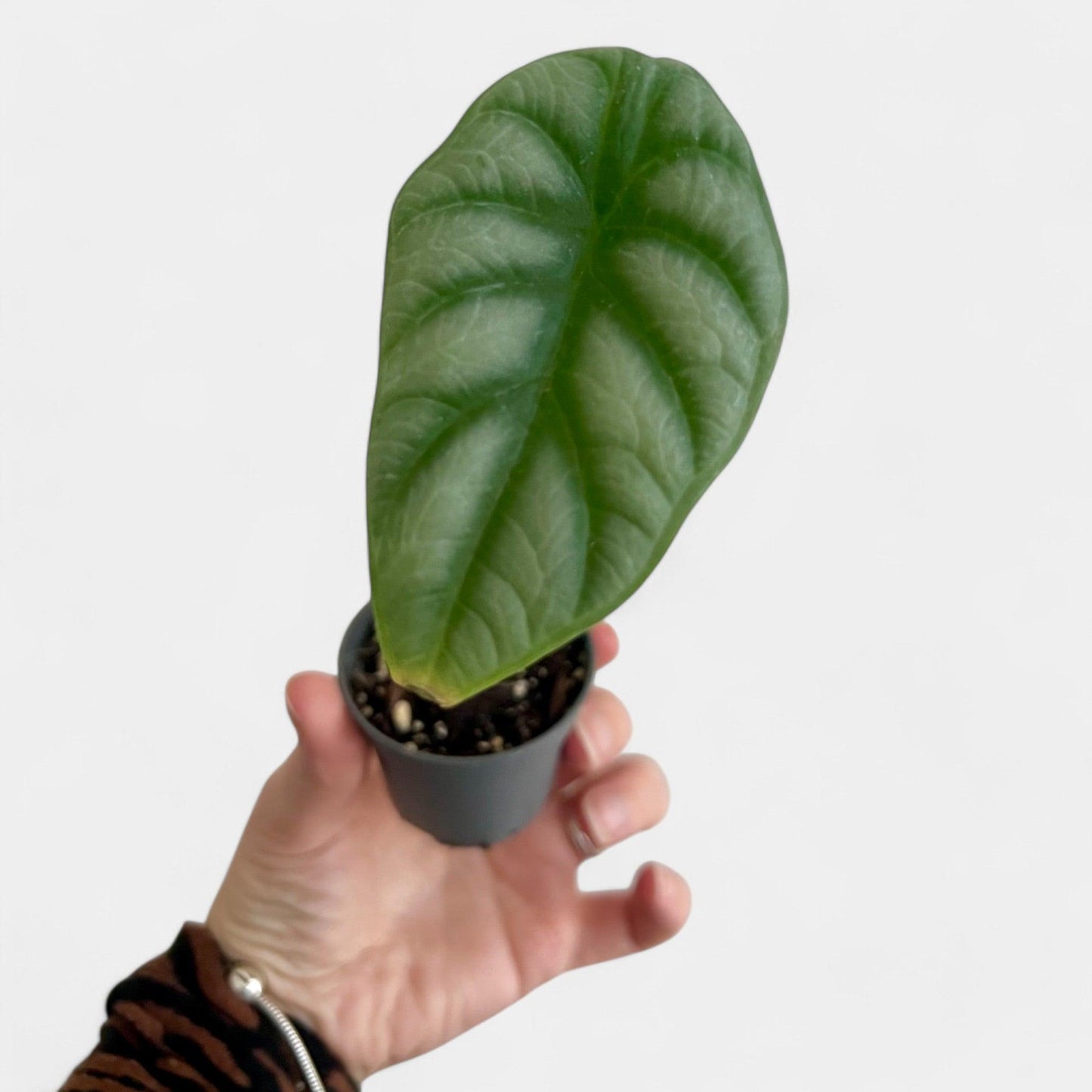

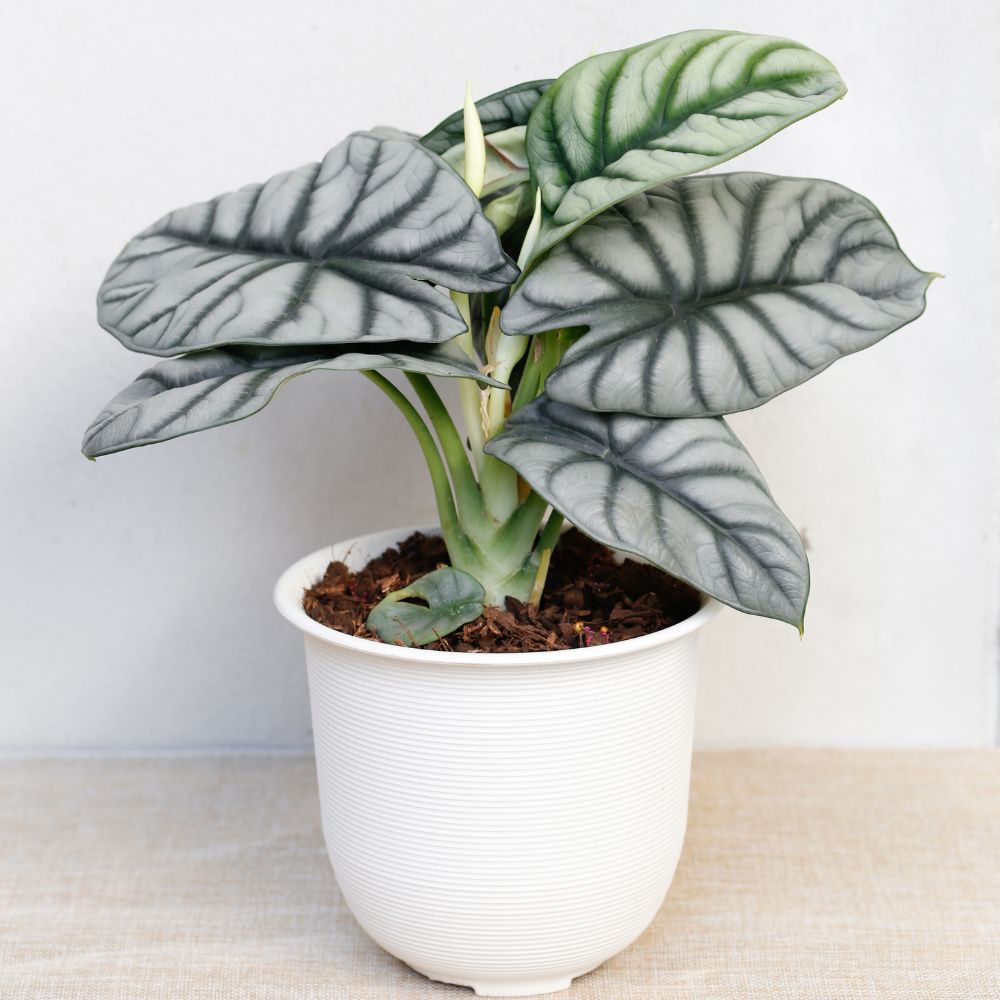
Alocasia "Silver Dragon" is native to Southeast Asia, like many plants of the genus Alocasia. It comes mainly from tropical regions such as the Philippines, Borneo and Malaysia, where it grows in humid forests.
Special features: the silver color and the unique texture of its leaves, which resemble the scales of a dragon . A fascinating and scenic plant, perfect for those looking for an exotic and mysterious touch.
SCROLL and open the curtains to read all the information about Alocasia "Silver Dragon"
About the plant🪴
Characteristics of the plant
Tropical plant that , outside of tropical or subtropical climates, must be grown indoors or in a heated greenhouse during the winter to best maintain its appearance.
Alocasia "Silver Dragon" is particularly sensitive to low temperatures and requires warm environments, with ideal temperatures between 18°C and 26°C. It does not tolerate temperatures below 15°C.
If exposed to intense cold, the plant may suffer damage to the leaves, which will turn yellow or fall off.
Botanical information
Botanical name : Alocasia baginda 'Silver Dragon'
Popular Name : Alocasia Silver Dragon, Silver Dragon Plant
Family : Araceae
Climate : Tropical
Countries of origin : Southeast Asia (Borneo)
Ease of growth : Suitable for growers with intermediate experience
Cultivation and care sheet
🌡️ Temperature :
- Ideal between 18-25°C
- Protect from cold and temperatures below 15°C
- It does not tolerate temperatures below 12°C; the cold can cause the deterioration of the leaves and slow growth
☀️ Light and positioning :
- Prefers bright indirect light; avoid direct sunlight, which can damage the delicate leaves
- It is ideal to place it near an east-facing window or in a corner with good diffused lighting.
💦 Watering :
- Water regularly, keeping the soil slightly moist, but allow the surface to dry out between waterings.
- Avoid water stagnation that could cause root rot; it is preferable to water less in winter, when growth slows down
😶🌫️ Humidity :
- Requires a high humidity environment; this plant thrives with humidity levels above 60%
- You can increase humidity by misting regularly, using a humidifier, or placing wet pebbles in the saucer.
🚜 Type of soil :
- It requires a well-draining and airy substrate, specific for tropical plants.
- Preferably a mix with perlite, bark and coco coir to ensure excellent drainage.
🪴 Type of vase :
- Pot with drainage holes to prevent water accumulation
- A plastic or terracotta pot is recommended for better humidity management.
🚀 Fertilization :
- Fertilize every 4 weeks during the growing season (spring and summer) with a balanced liquid fertilizer
- Avoid fertilizing in autumn and winter, when the plant reduces its activity
🗒️ Other features :
- In too dry environments, the leaves may develop dry edges; in this case, increase the surrounding humidity to keep the leaves lush.
- This variety of Alocasia is renowned for its leaves with a particular texture and silver color, which make it a unique and striking decorative plant.
Product information provided
Since plants are living beings, they may differ from the photos shown.
The plant is sold complete with professional, draining and high-quality substrate .
This means you don’t need to repot the plant until it has grown and needs a larger pot!
Blog Posts
View all-

The importance of repotting purchased plants
You just bought a plant, what to do now? Buying a plant is always exciting, but did you know that to ensure it has a long and healthy life, it...
The importance of repotting purchased plants
You just bought a plant, what to do now? Buying a plant is always exciting, but did you know that to ensure it has a long and healthy life, it...
-
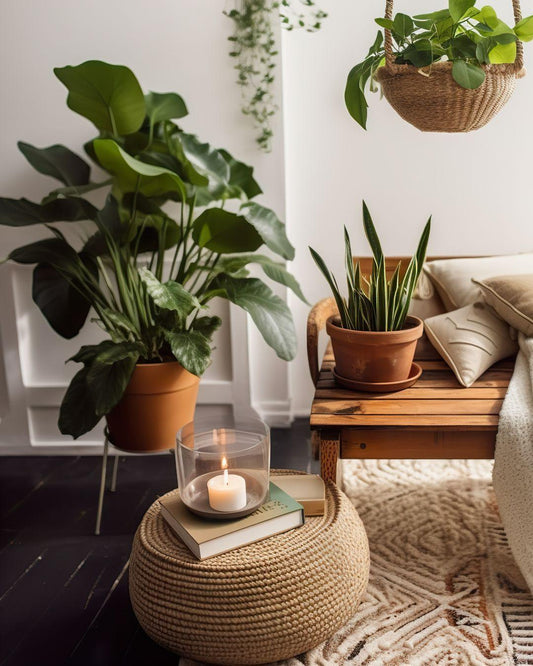
Do you know why your plants die?
Houseplants are more delicate than you think. Although they are called “houseplants,” they are actually tropical and subtropical plants that require conditions similar to their natural environments. If you've ever...
Do you know why your plants die?
Houseplants are more delicate than you think. Although they are called “houseplants,” they are actually tropical and subtropical plants that require conditions similar to their natural environments. If you've ever...
-
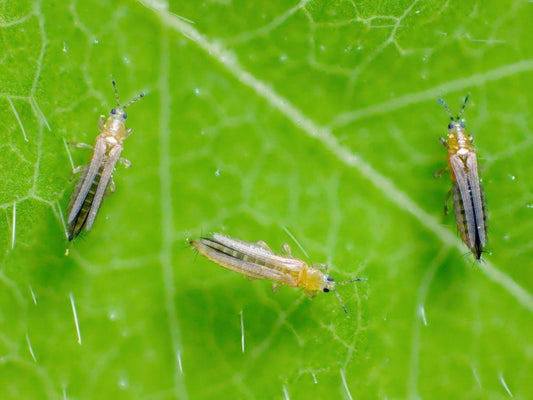
Thrips on houseplants
What they are and how to fight them Thrips can pose a significant threat to houseplants. Although they are not among the most common pests, they can become aggressive under...
Thrips on houseplants
What they are and how to fight them Thrips can pose a significant threat to houseplants. Although they are not among the most common pests, they can become aggressive under...












